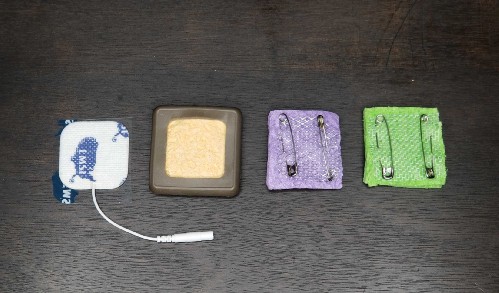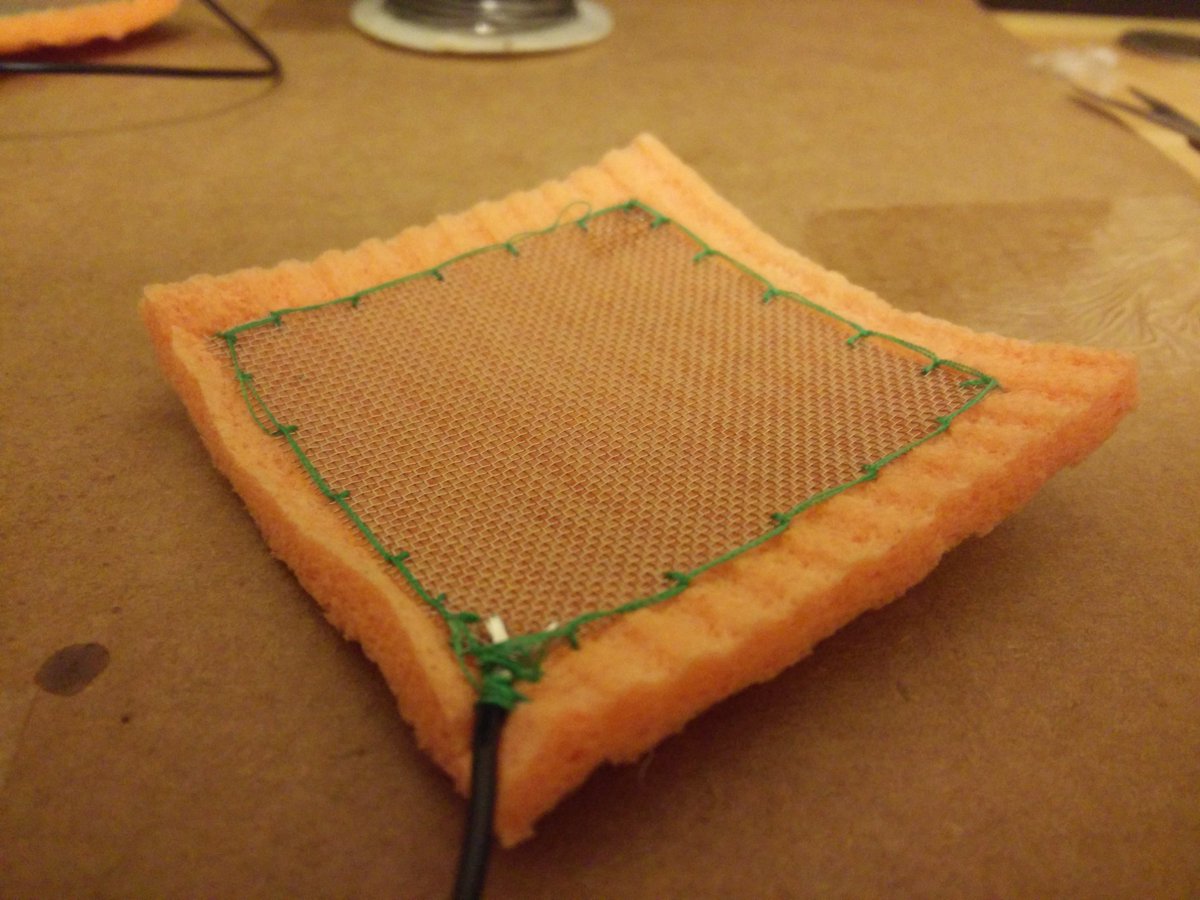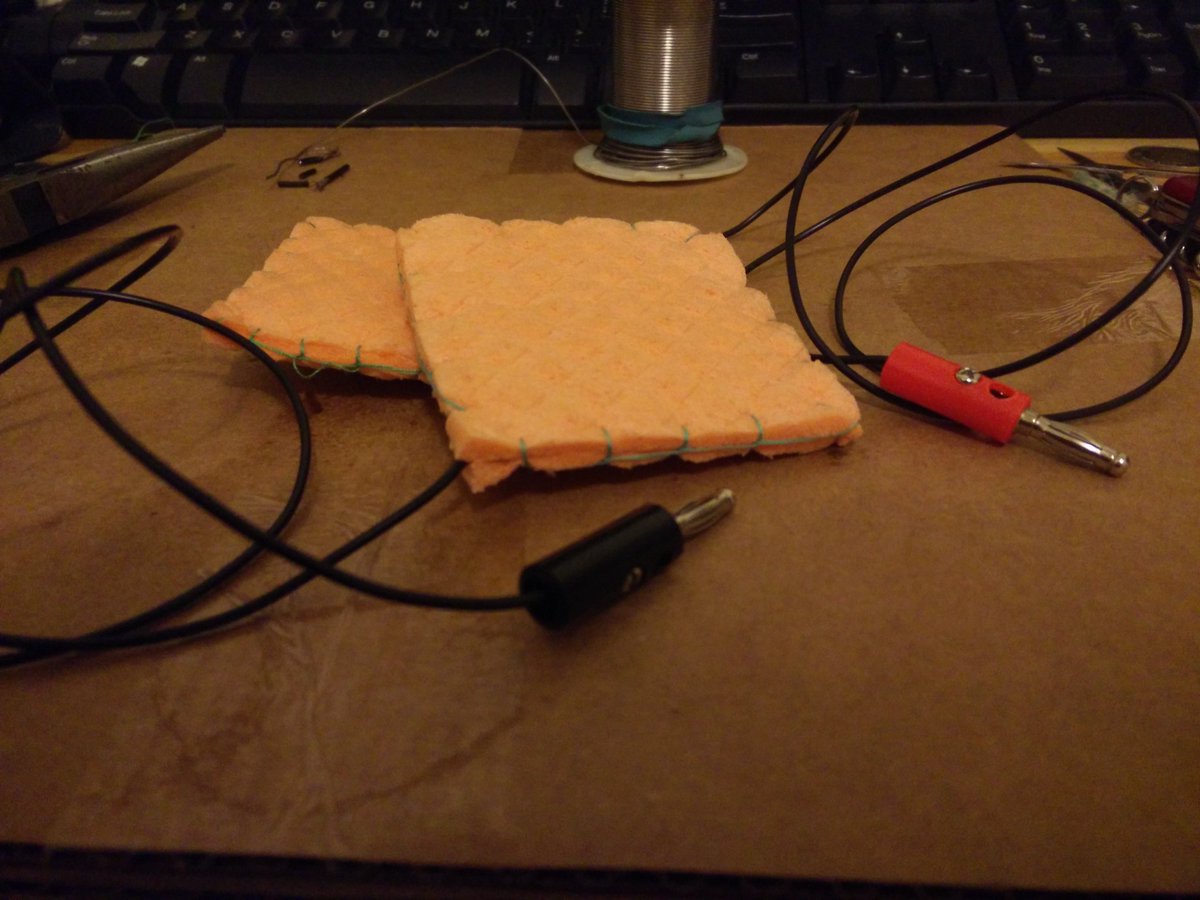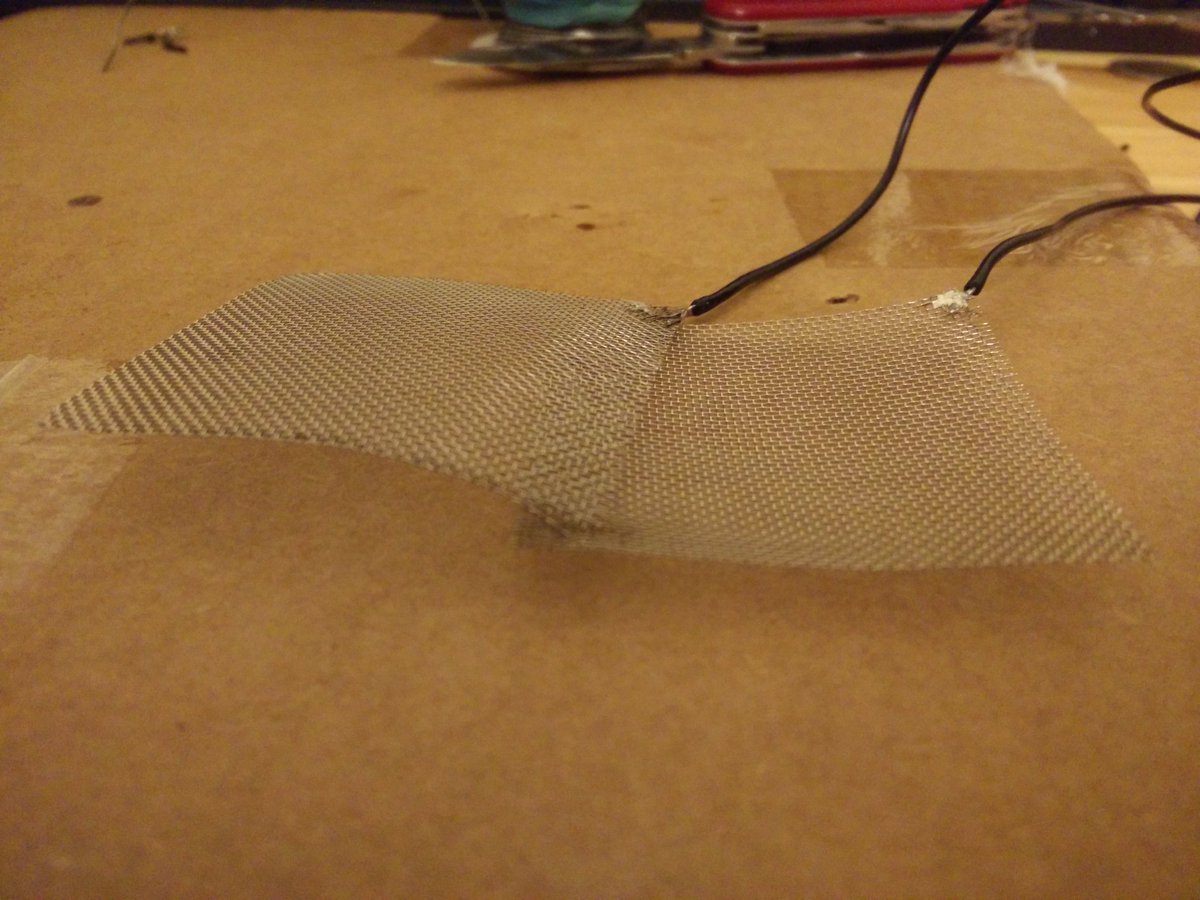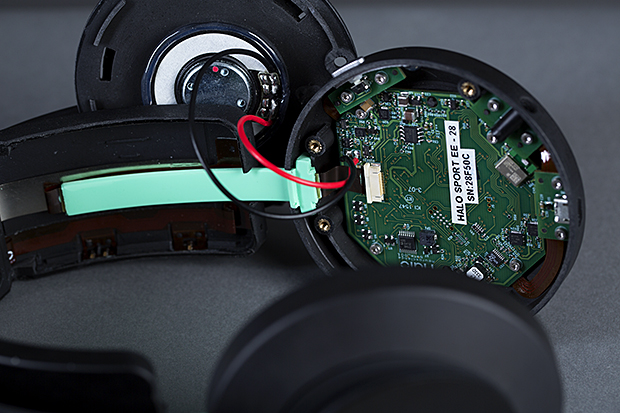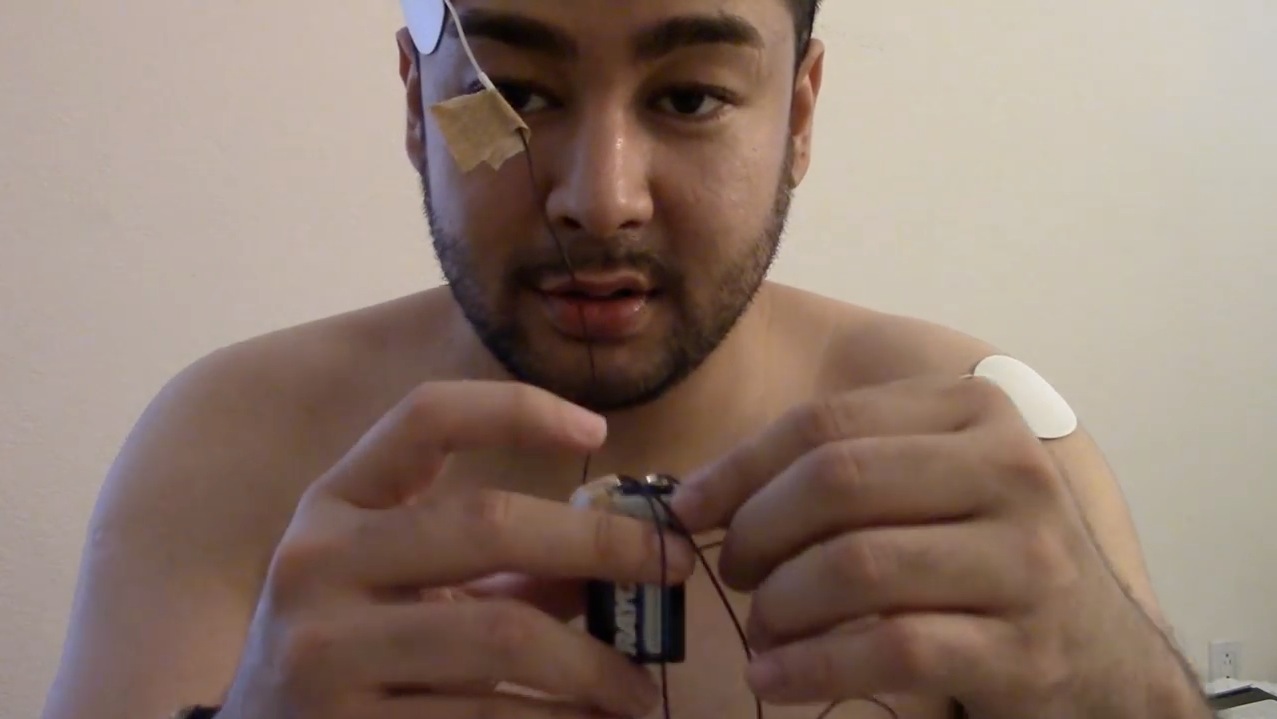[Update 7/4/19] Just noticed this excellent DIY electrode post from Vagabond Banana who seems to be embarking on a DIY tDCS build/workshop project.
Is DIY As Good As Clinical/Commercial When It Comes To tDCS Electrodes?
Melanie Segado is a PhD Candidate in Neuroscience at McGill University | CoFounder @NeuroTechX | Cellist | Currently interested in #DIY #TDCS
via Twitter @sciencelaer
https://twitter.com/sciencelaer/status/770075458184634368

